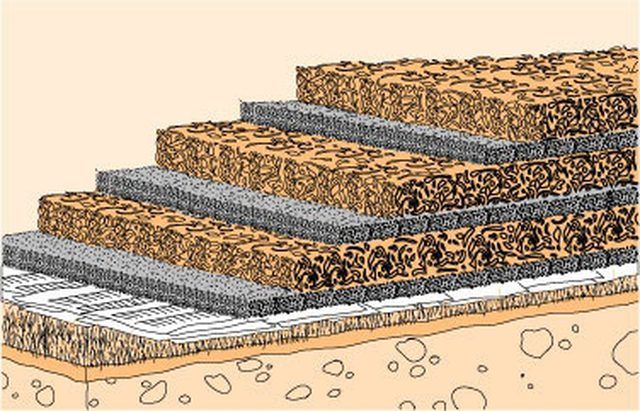Bulbs
Flower Basics
Flower Beds & Specialty Gardens
Flower Garden
Garden Furniture
Garden Gnomes
Garden Seeds
Garden Sheds
Garden Statues
Garden Tools & Supplies
Gardening Basics
Green & Organic
Groundcovers & Vines
Growing Annuals
Growing Basil
Growing Beans
Growing Berries
Growing Blueberries
Growing Cactus
Growing Corn
Growing Cotton
Growing Edibles
Growing Flowers
Growing Garlic
Growing Grapes
Growing Grass
Growing Herbs
Growing Jasmine
Growing Mint
Growing Mushrooms
Orchids
Growing Peanuts
Growing Perennials
Growing Plants
Growing Rosemary
Growing Roses
Growing Strawberries
Growing Sunflowers
Growing Thyme
Growing Tomatoes
Growing Tulips
Growing Vegetables
Herb Basics
Herb Garden
Indoor Growing
Landscaping Basics
Landscaping Patios
Landscaping Plants
Landscaping Shrubs
Landscaping Trees
Landscaping Walks & Pathways
Lawn Basics
Lawn Maintenance
Lawn Mowers
Lawn Ornaments
Lawn Planting
Lawn Tools
Outdoor Growing
Overall Landscape Planning
Pests, Weeds & Problems
Plant Basics
Rock Garden
Rose Garden
Shrubs
Soil
Specialty Gardens
Trees
Vegetable Garden
Yard Maintenance
How to Fix Bad Soil
How to Fix Bad Soil. No matter how poor your soil is, you can have rich, fertile planting beds with no digging and no tilling.
No matter how poor your soil is, you can have rich, fertile planting beds with no digging and no tilling.
Things You'll Need
Organic Matter
Peat Moss
Garden Hose
Newspaper
Stakes and string, or long rope
Mark off your site in late summer or early fall, using stakes and string, a rope or a garden hose as guidelines. Leave the turf in place. Trample any tall weeds, but you needn't cut them.
Lay a 1-inch (2.5-cm) layer of newspapers over the site, overlapping the edges as you go. Wet them down thoroughly. Spread 1 to 2 inches (2.5 to 5 cm) of peat moss over the paper.
Cover the peat with 4 to 6 inches (10 to 15 cm) of organic matter such as compost, well-cured manure, leaves, dried grass clippings, seaweed, shredded paper--or any combination thereof. Avoid oils, fats and animal protein.
Add alternate layers of peat moss and organic matter until the bed has reached 12 to 24 inches (30 to 60 cm) high.

Water until the material is saturated. By spring, your heap will have decomposed into 6 to 8 inches (15 to 20 cm) of rich soil.
Sow your seeds or set in your plants, and mulch with compost, peat moss or dried grass clippings. As the plants grow, continue to mulch with the compost, peat moss or clippings. As the newspaper disintegrates and the organic matter decomposes, the layer of loose, rich soil will extend deeper into the ground (thanks to earthworms, bacteria and other soil-dwelling organisms).
Tips & Warnings
The key ingredient in the no-dig recipe is the bottom layer of newspaper. It draws earthworms, which decompose the soil.
Avoid tilling your beds, especially if you have clay soil. Tilling can actually damage soil structure and, if done repeatedly, can cause hardpan to form.